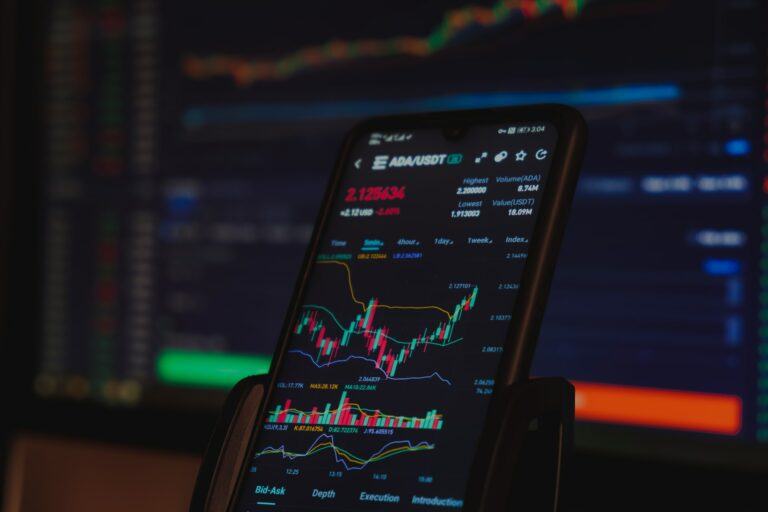The first decentralized exchange set to launch on the Cardano ($ADA) network, Cardax, has raised $1.5 million from its first community sale, ahead of the trading platform’s launch in the third quarter of the year, when smart contracts are available on Cardano.
According to a statement from Cardax, the exchange will operate on the Extended Automated Market Maker (EAMM) protocol and will aim to serve as the native trading platform for the Cardano ecosystem. The project is led by Ryan Morrison and his team and raised $50,000 earlier this year to finance its development.
The team behind it is formed by “crypto enthusiasts” with experience on several projects. The need for a decentralized exchange was justified with the launch of native tokens to the Cardano network that’s coming in the near future. Cardax “aims to provide liquidity to projects that issue native tokens on Cardano.”
The project has been recognized by Cardano founder Charles Hoskinson after winning a proposal via Project Catalyst.
Cardax is looking to implement key features that go beyond native support for native tokens on Cardano, but also allow users to earn as liquidity providers from the fees the exchange collects, to trade ADA with any native token through the Yoroi Cardano wallet, and to trade in single transactions.
It will leverage a centralized order book along with the automated market maker (AMM) model. Its features are set to let market makers earn with minimum slippage and risk of impermanent loss.
As CryptoGlobe reported, earlier this week Amy Arnott, a portfolio strategist at Morningstar that focuses on cryptocurrencies, has revealed she believes ADA could become one of the largest three cryptocurrencies by market capitalization and go mainstream, along with Bitcoin and Ethereum.
DISCLAIMER
The views and opinions expressed by the author, or any people mentioned in this article, are for informational purposes only, and they do not constitute financial, investment, or other advice. Investing in or trading cryptoassets comes with a risk of financial loss.
IMAGE CREDIT
Featured Image via Unsplash









